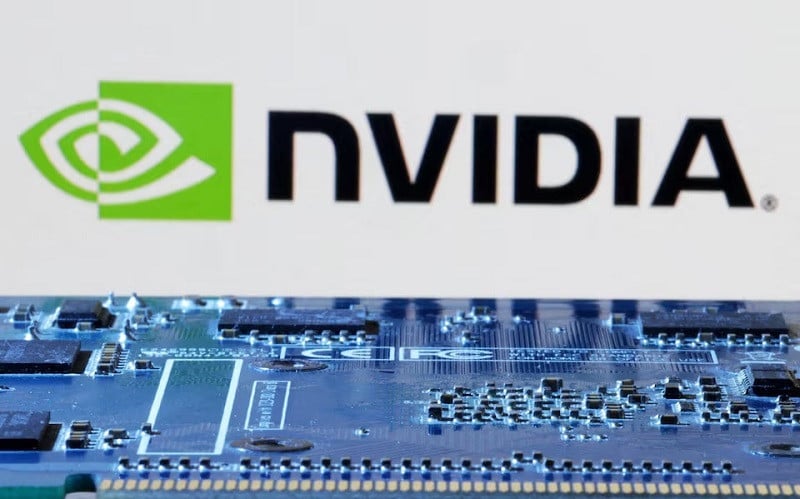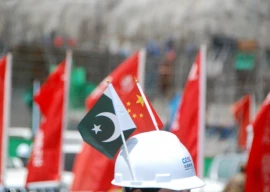
Samsung Electronics' fourth-generation high bandwidth memory or HBM3 chips have been cleared by Nvidia tab for use in its processors for the first time, three people briefed on the matter said.
But it is somewhat of a muted greenlight as Samsung's HBM3 chips will, for now, only be used in a less sophisticated Nvidia graphics processing unit (GPU), the H20, which has been developed for the Chinese market in compliance with US export controls, the people said.
It was not immediately clear if Nvidia would use Samsung's HBM3 chips in its other AI processors or if the chips would have to pass additional tests before that could happen, they added.
Samsung has also yet to meet Nvidia's standards for fifth-generation HBM3E chips and testing of those chips is continuing, the people added, declining to be identified as they were not authorised to speak to media.
Nvidia and Samsung declined to comment.
HBM is a type of dynamic random access memory or DRAM standard first produced in 2013 in which chips are vertically stacked to save space and reduce power consumption. A key component of GPUs for artificial intelligence, it helps process massive amounts of data produced by complex applications.
Nvidia's approval of Samsung's HBM3 chips comes amid soaring demand for sophisticated GPUs created by the generative AI boom that Nvidia and other makers of AI chipsets are struggling to meet.
There are only three main manufacturers of HBM - SK Hynix, Micron and Samsung - and with HBM3 also in short supply, Nvidia is keen to see Samsung clear its standards so that it can diversify its supplier base.
Nvidia's need to have more access to HBM3 is also set to grow as SK Hynix - the clear leader in the field - plans to increase its HBM3E production and make less HBM3, two of the sources said.
SK Hynix declined to comment.
Samsung, the world's largest maker of memory chips, has been seeking to pass Nvidia's tests for both HBM3 and HBM3E since last year but has struggled due to heat and power consumption issues, Reuters reported in May, citing sources.
Samsung said after the publication of the Reuters article in May that claims of failing Nvidia's tests due to heat and power consumption problems were untrue.
H20
Samsung could begin supplying HBM3 for Nvidia's H20 processor as early as August, according to two of the sources.
The H20 is the most advanced of three GPUs Nvidia has tailored for the China market after the US tightened export restrictions in 2023, aiming to impede supercomputing and AI breakthroughs that could benefit the Chinese military.
In accordance with U.S. sanctions, the H20's computing power has been significantly capped compared to the version sold in non-China markets, the H100.
The H20 initially got off to a weak start when deliveries began this year and the US firm priced it below a rival chip from Chinese tech giant Huawei , Reuters reported in May.
But sales are now growing rapidly, separate sources have said.
In contrast to Samsung, SK Hynix is the main supplier of HBM chips to Nvidia and has been supplying HBM3 since June 2022. It also began supplying HBM3E in late March to a customer it declined to identify. Shipments went to Nvidia, sources have said.














1721803488-0/BeFunky-collage]-(11)1721803488-0-270x192.webp)







COMMENTS
Comments are moderated and generally will be posted if they are on-topic and not abusive.
For more information, please see our Comments FAQ